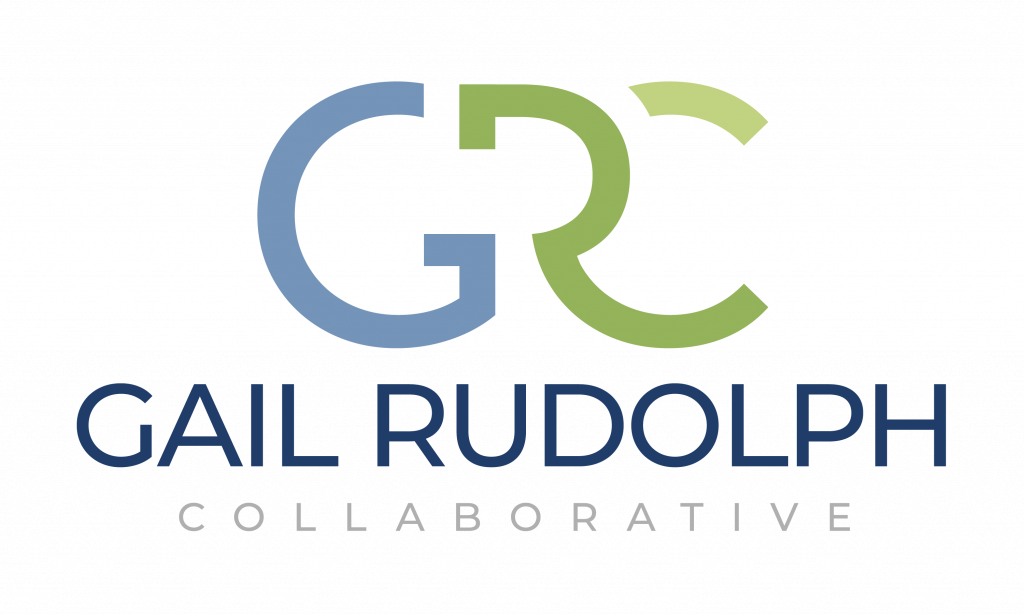There is so much in the world over which we have no control. But it’s inherently human to want a sense of agency over our lives.
When the pandemic imposed the necessity for us to work from home, many got a taste (or more like a deep drink) of personal autonomy. Once we settled into this new way of working, individuals found they had the flexibility to manage various aspects of their lives in a way that made sense for them.
For decades, workers have been striving for this flexibility. Yet, many upper-level managers pushed back, fearing the productivity of workers who weren’t in the office would careen off a proverbial cliff.
The past two years have emphatically disproved this enduring myth.
In the past few months, companies have been moving to get their employees back into the office. An Envoy survey revealed that 88% of companies are using incentives to get their workers back on site.
But employees have experienced what it’s like to have an unprecedented level of flexibility. And no matter the company perks, most don’t want to give up that autonomy to reenter the 5-day commute to the office and back “hustle and grind.”
It’s not even so much about working from home versus going into the office versus a hybrid option.
Employees now possess a broader definition of flexibility. Where and when they work is part of it, but even more so is how and with whom they work. Having a voice in deciding their purpose and priorities, (and sometimes even the people they work with) is essential to this newfound flexibility.
Employees want more freedom from constraints and interference from others and the ability to pursue opportunities that shape their future.
Of course, businesses and organizations can’t allow every complete employee flexibility. Bounded flexibility – freedom with defined constraints – employers and employees have the best of both worlds.
Appropriately done, bounded flexibility cultivates trust, open communication, risk-taking, predictability, and commitment. Harvard Business School work expert, Leslie Perlow, explains that flexibility with parameters enables people to control their time and priorities without undermining performance.

Perlow recommends defining agreed-upon schedules for concentration, collaboration, and time off.
For example, holding meetings between 1:30pm-4:30pm Tuesday through Thursday opens up large predictable blocks of time in the mornings for focused work. Concentration isn’t continually interrupted by scattershot meetings throughout the day (It takes 20 minutes to regain focus from each interruption and distraction.) This predictable schedule allows employees to extend their weekends by scheduling time off Mondays and Fridays.
When time is better scheduled and managed, people are more productive, produce higher quality work, and can meet deadlines without working outside of their regular hours (which also minimizes burnout.) It also boosts worker wellbeing, commitment, satisfaction, effectiveness, and intrinsic motivation.
Instituting bounded flexibility takes commitment from all levels in a corporation or organization to become company culture. Cultivating a flexible work environment isn’t tantamount to chaos. It’s about giving employees more control over their time and avenues to explore ideas and opportunities that intrigue them that ultimately advance your company’s mission.
Organizational psychologist Adam Grant and host of the TED original Work Life podcast agrees that giving people more freedom is a risk. “But squashing their freedom is also a risk. Talented people are the first to walk away, and they take their promising innovations with them.”


